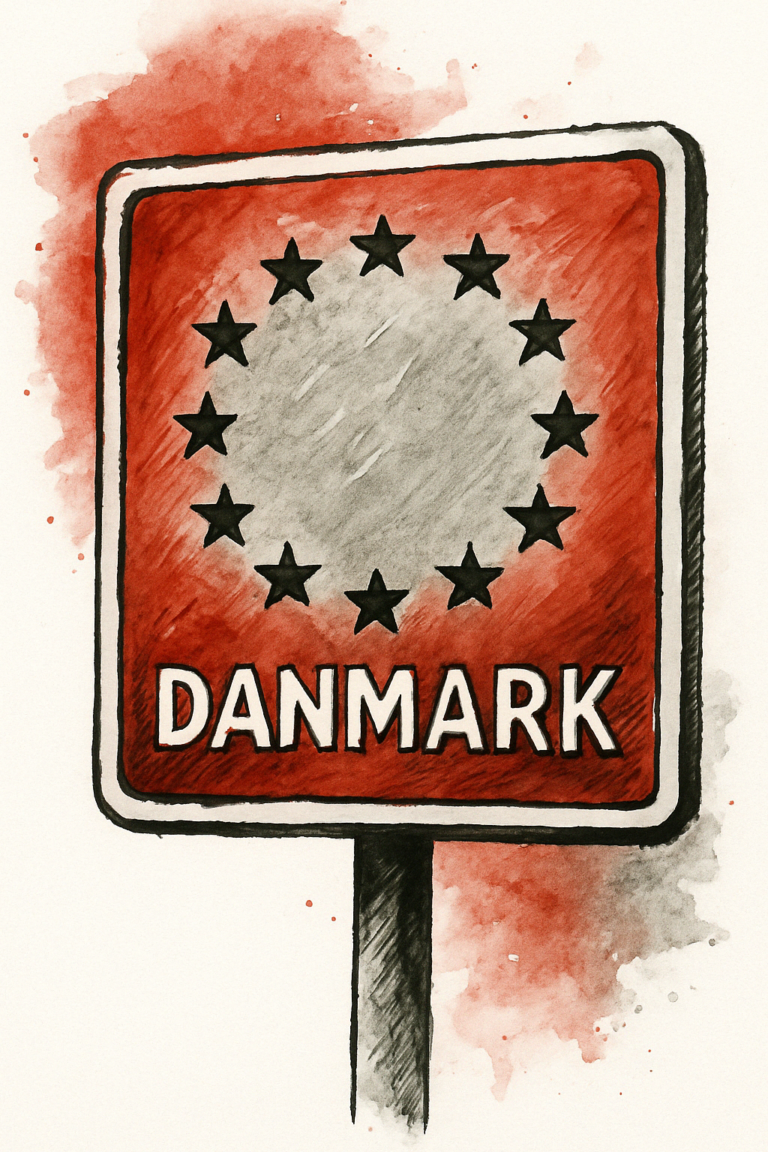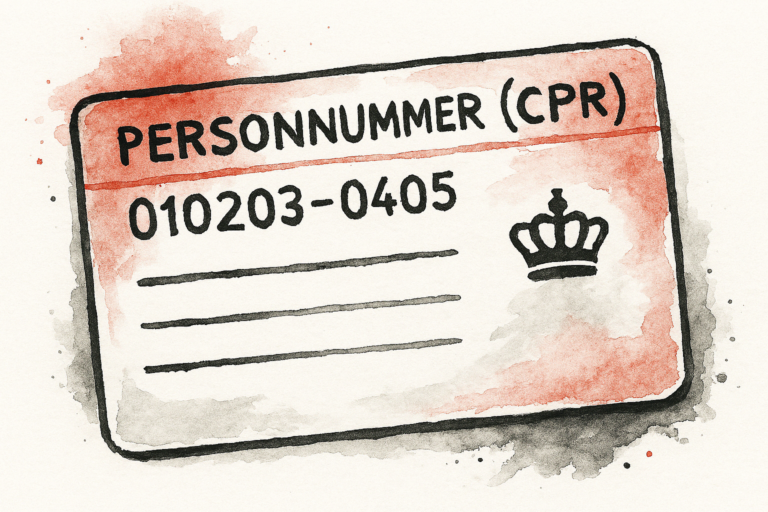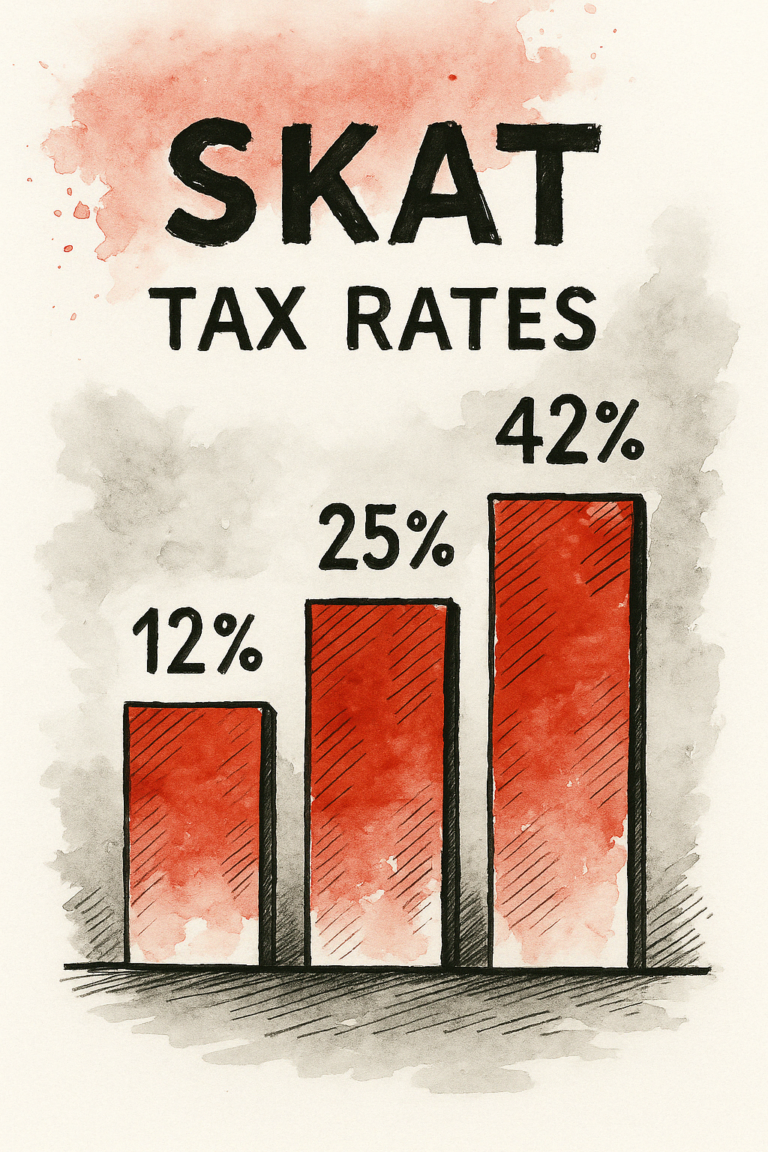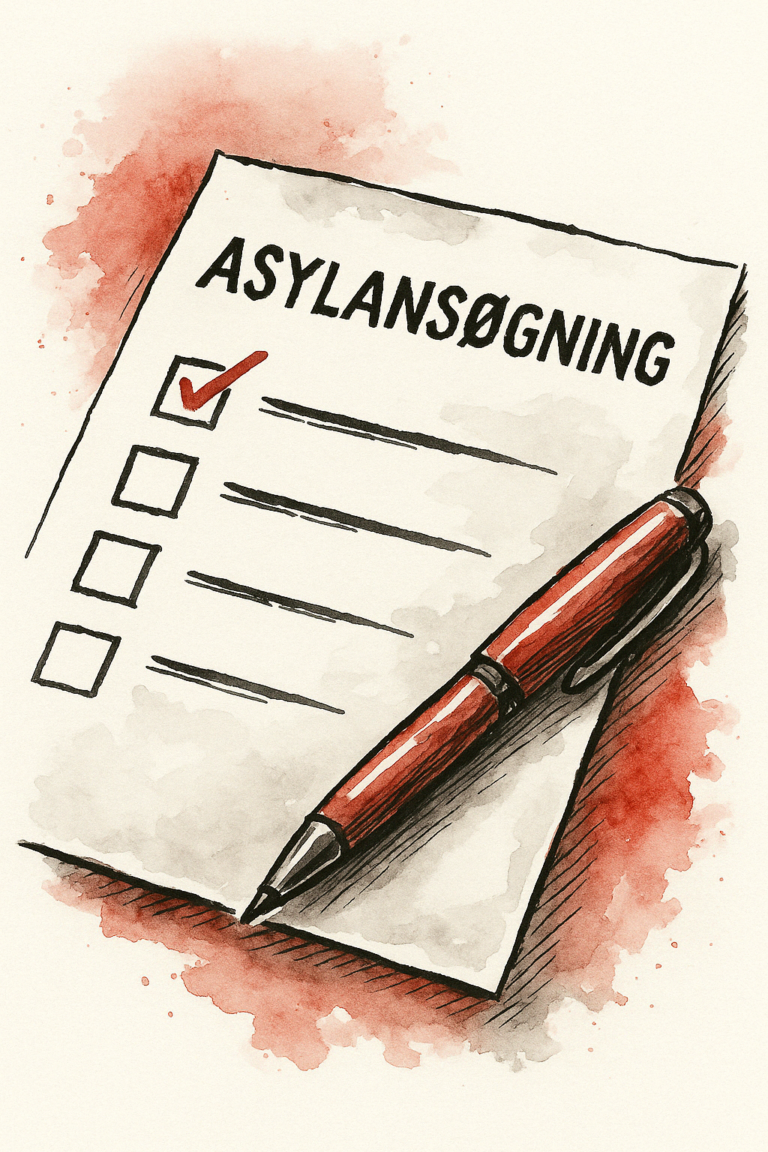Danish Residence & Citizenship in 2025
For many people, Denmark is more than a picturesque Nordic country. With its emphasis on equality, public welfare, and high living standards, it’s become a place people want to call home. But as of 2025, becoming a legal resident or citizen of Denmark still requires time, planning, and effort.
In this guide, we explore how to move from being a temporary resident to obtaining Danish citizenship. We’ll look at the practical steps, how the process has evolved, and what newcomers need to consider before starting this journey.
Starting Your Life in Denmark: Residency First
Residency is the first step for anyone looking to settle in Denmark. Whether you arrive for work, study, or family reasons, your status begins as temporary. That temporary permit is what allows you to live in the country, pay taxes, and receive public services.
In 2025, Denmark remains strict but fair about who can apply. You need a valid reason to be here, such as employment, education, or family reunification. Once you are granted a temporary residence permit, you can begin working, studying, and integrating into society.
The government wants to see that you’re contributing and building a life here. That means following the rules, staying employed, learning the language, and paying your taxes. Over time, these things add up to eligibility for something more permanent.
Permanent Residency in Denmark: What It Takes in 2025
Permanent residency gives you the right to stay in Denmark indefinitely, even if your circumstances change. You’re no longer dependent on a job contract or university enrolment to stay. But getting this status involves several conditions.
In most cases, you need to have lived legally in Denmark for eight consecutive years. Some applicants who meet higher integration standards can apply after four years. These include having stable employment, passing a Danish language test, and actively participating in Danish society.
The language requirement has become more important than ever. In 2025, authorities require applicants to pass a Danish language test at level 2 or higher. You also need to show that you’ve worked full-time for at least three and a half of the last four years.
Applicants must not have received any social benefits within the last four years and should not have a criminal record. While these rules sound strict, they are designed to ensure that residents are fully participating in Danish life.
According to the Danish Agency for International Recruitment and Integration (SIRI), around 70% of applicants meet the basic requirements, but many fail to provide enough documentation. It’s not just about your time in Denmark but also how well you have used it.
The Final Step: Applying for Danish Citizenship
Once you’ve lived in Denmark for nine years and have permanent residency, you’re eligible to apply for citizenship. This gives you the right to vote in national elections, hold a Danish passport, and enjoy full civic rights.
The application is reviewed by the Ministry of Immigration and Integration and must be approved by the Danish Parliament. Every year, a new citizenship bill is introduced with a list of names approved for naturalization.
In 2025, the requirements include: passing the Danish citizenship test, demonstrating financial independence, and proving strong Danish language skills (usually level 3).
The citizenship test covers topics such as Danish history, political structure, and values. It consists of 40 multiple-choice questions, and you must answer at least 32 correctly. Preparation is key, and official study guides are available through the Danish government’s website.
It’s worth noting that since 2015, Denmark has allowed dual citizenship. This means you can retain your original citizenship if your home country also permits it.
But be prepared—the process can take 12 to 24 months. And any mistake or missing paperwork can cause delays. Some applicants find the wait frustrating, especially after living in Denmark for nearly a decade. Still, for most, the final result is worth it.
Is It Easy or Difficult? Mixed Views from Residents
Ask ten applicants about their experience, and you’ll likely hear ten different stories.
Some say that once you meet the criteria, the system is clear and fair. The rules are transparent, and resources are available if you know where to look. Those with stable jobs, language proficiency, and a long-term plan find the process manageable.
Others find it bureaucratic and emotionally exhausting. Language exams, citizenship tests, and long processing times can wear people down. Applicants who struggle with Danish or have had short employment gaps often hit delays or rejections.
There’s also debate around how inclusive the system is. Critics argue that the bar is too high for older applicants, those with disabilities, or people working in unstable industries. Supporters say it ensures that only fully integrated residents become citizens.
How Things Have Changed Over Time
Over the last two decades, Denmark has made both restrictive and progressive changes to its immigration and citizenship laws. While some requirements have become tougher, others—like allowing dual citizenship—have become more flexible.
In the early 2000s, applying for citizenship often meant giving up your original nationality. Today, that’s no longer the case. And while the language and employment rules are firm, they reflect Denmark’s emphasis on participation and self-reliance.
What hasn’t changed is the importance of integration. The Danish state sees language, education, and community involvement as essential parts of becoming a citizen. If you’re not willing to engage, it’s unlikely the system will welcome you in.
What to Expect in the Future
As immigration continues to be a topic of political discussion, future governments may adjust the rules again. For now, the system in 2025 is holding steady, but applicants should stay updated.
According to SIRI and the Ministry of Immigration, future changes may include expanding digital applications and shortening wait times. There is also a push to offer more flexible language learning options, particularly for working professionals.
Staying informed is crucial. Official sites like nyidanmark.dk provide the most reliable updates and application forms.
Final Thoughts: Is It Worth It?
Becoming a permanent resident or citizen of Denmark is not easy, but few would call it unrewarding. You gain full rights in one of the world’s most democratic and stable countries. From healthcare and education to security and community, the benefits are long-term.
The process tests your patience, discipline, and commitment to your new country. But for those who succeed, it’s more than a legal change. It’s a milestone that reflects hard work and a deep connection to Danish society.
If you’re planning to apply, start early, stay organized, and keep learning. And remember: you’re not just applying for a document. You’re becoming part of something bigger.
Sources:







